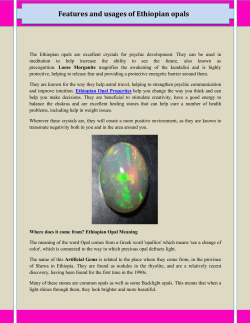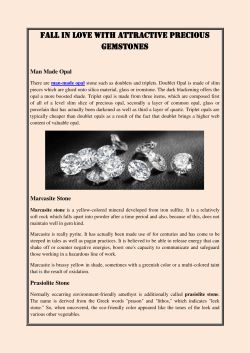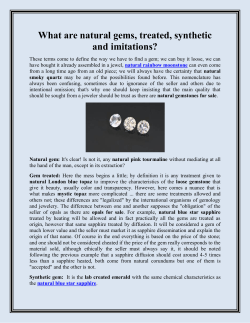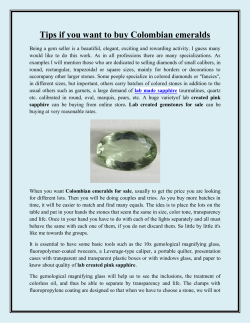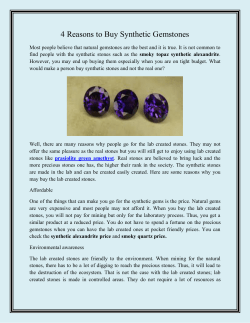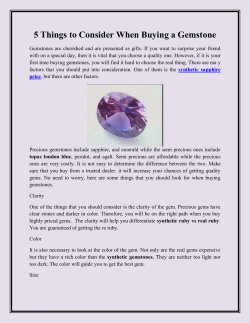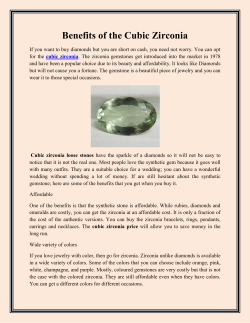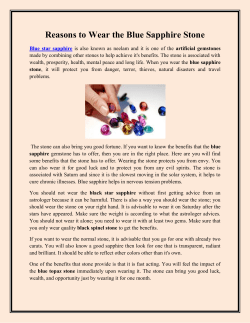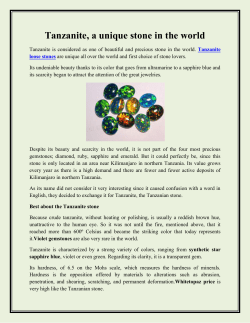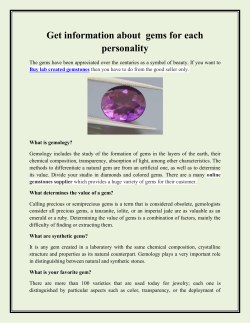
What is synthetic opal and White sapphire
What is synthetic opal and White sapphire? Opal is a natural amorphous solid known for its flashes of fire color. An amorphous solid is a material that, unlike glass, is not organized in a regular network pattern. This causes some unusual interactions with light, and is explainable for the colors of the opal rainbow. However, just because the opal is classified as amorphous does not mean that its atoms are arranged without order. Chemists have discovered a clear sphere structure in opal, which led them to copy it in 1974. Synthetic opal is often called Gilson's opal, after Pierre Gilson, the man who invented it along with other synthetic minerals: coral, emerald, lapis lazuli, etc... Sapphire: the stone of wisdom White sapphire is one of the four most important gemstones in the world and one of the most beautiful along with ruby, natural aquamarine and high quality cubic zirconia. Also known as ultralite, it is usually found in deposits rich in hematite, bauxite and rutile. Its blue color is due to its composition includes aluminum, titanium and iron. Sapphires are associated with sincerity and fidelity. A sapphire is usually blue, although there are pink, yellow and even white or even colorless sapphires. Made from an aluminum oxide called corundum, it is the hardest natural mineral after diamond. The blue corundum is a sapphire, while the red one is a ruby. What is synthetic opal? How to detect a synthetic opal If you are ever in the market of opals, we recommend that you bring a magnifying glass. Under a large increase (around sixty), it is clear from the regularity and columnar nature of the patterns that the opal is synthetic. Even with the naked eye, the columnar nature of the opal is clearly visible. With the help of a magnifying glass, you will be able to discern the effect called "lizard skin" on the colored patches. What is synthetic opal? It is said that synthetic opals emit a green color under UV light. Along with the magnifying glass, we recommend that you bring a UV flashlight to the flea market (or wherever you go to get your opals). If it is fluorescent, it is synthetic; if not, it's natural. The two main types of synthetic opal Synthetic opal comes in two main types: white opal and black opal. White opal is generally more expensive than black opal, in large part because white is more natural than black. The monarch opal has recently arrived on the market and many people think it is a new opal, but it is a synthetic opal made by man. Synthetic chemical composition opal Many countries manufacture opals and sell them saying emerald stones for sale, as it is a valuable gemstone, so unfortunately we hope that more synthetic opals are incorporated. As far as we know, China and Thailand are constantly trying to make new products for this market to catch the trusting opal buyer. Professional laboratories try and market your product as a brand. Synthetic opal is available in sheets or blocks. The blocks are used to make bracelets and the leaves are ideal for inlay work or sets of rings, pendants and earrings.
© Copyright 2025
